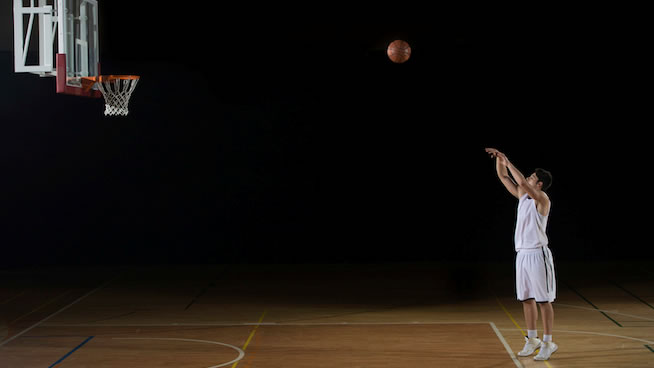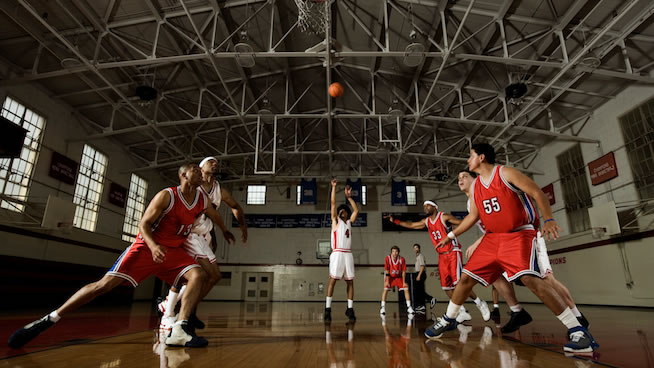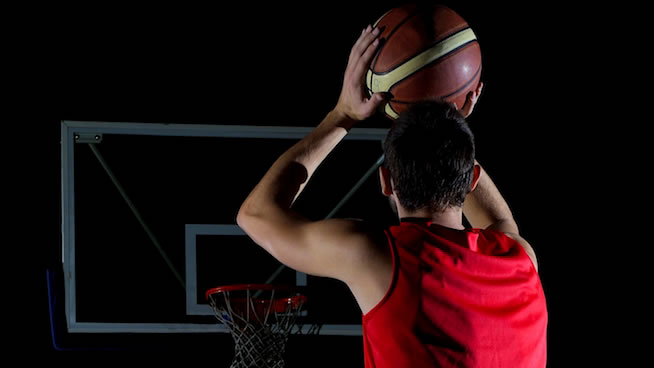|
How to Shoot Free Throws Better By: Quinn McDowell Provided by: STACK
Free throws are uncontested shots from the free-throw line (which is 15 feet away from the backboard) as a result of getting fouled. Players earn free-throw attempts when they get fouled in the act of shooting, or when the other team reaches their foul limit. Making free throws is crucial when the game is close in the later stages. When a team is losing and wants to stop the clock to give themselves a better chance to win, they often employ a fouling strategy, forcing their opponents to make free throws to extend their lead. Players who can make free throws in the closing minutes of a game are extremely valuable. Making free throws is not difficult. Any player can develop the ability to make free throws by working hard and following these three steps. Find Your Routine
The most important part of making free throws is developing a routine that allows you to get into a rhythm and helps you feel comfortable on the free-throw line. Making free throws is as much a mental battle as it is about proper technique. Great free throw shooters have used all kinds of crazy routines to make a high percentage of their foul shots. (One NBA player made close to 80 percent of his free throws by shooting the ball underhanded.) When you develop a routine, it allows you to confidently step up to the line and knock down shots. The less thinking you do at the line, the better! You can deflect the pressure of the moment and retreat into the familiar rhythm of your free-throw routine. Sync Up Your Timing
Once you have a routine, you need to develop a sense of timing with it. For me, the elements of timing include when I bend my knees, when I look at the rim, when and how my hand comes behind the basketball, and when I release my shot. Matching your timing with your routine gives you the most repeatable shot and drives up your shooting percentage. Practice with Pressure
There's no substitute for getting into the gym and shooting free throws, but you will undoubtedly boost your free throw percentage if you artificially put pressure on yourself to make shots. Give yourself a goal or percentage that you have to make during a session, and tie your goals to incentives to make yourself more focused. Compete against other teammates, or ask a friend to distract you while you shoot. The bottom line: find ways to challenge yourself instead of just committing to make 50 free throws with no pressure.
|









